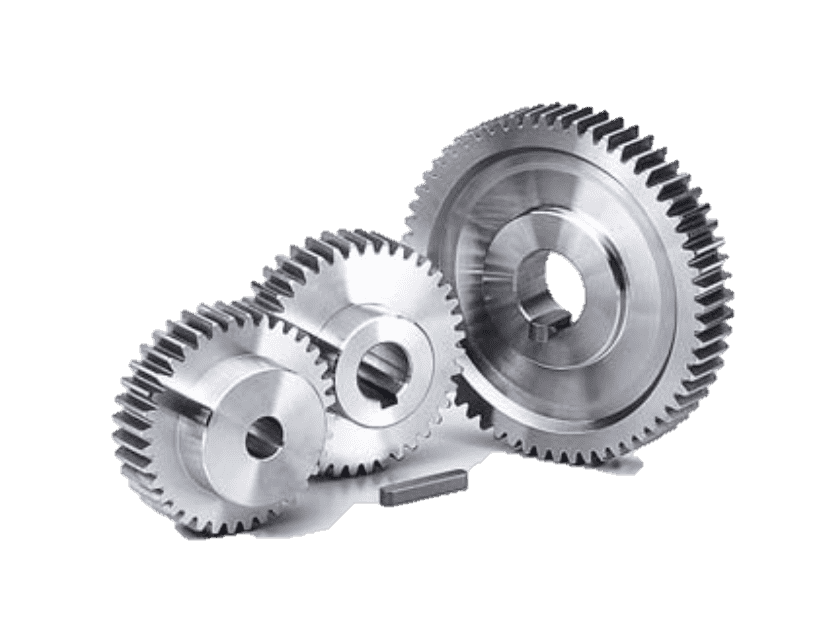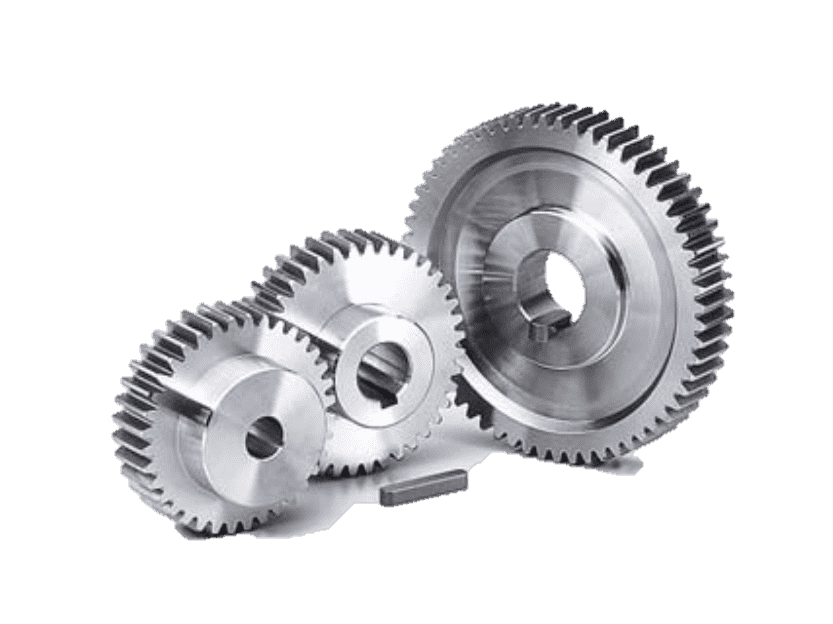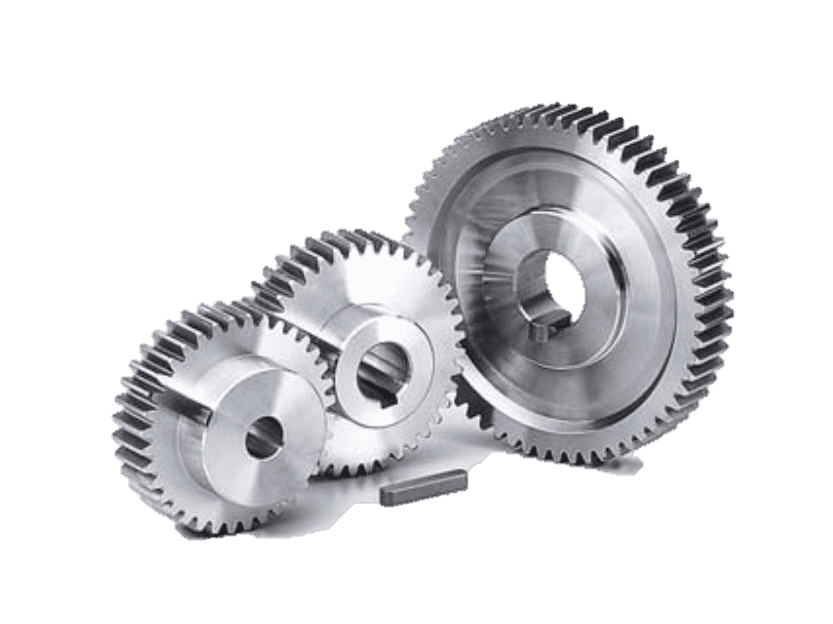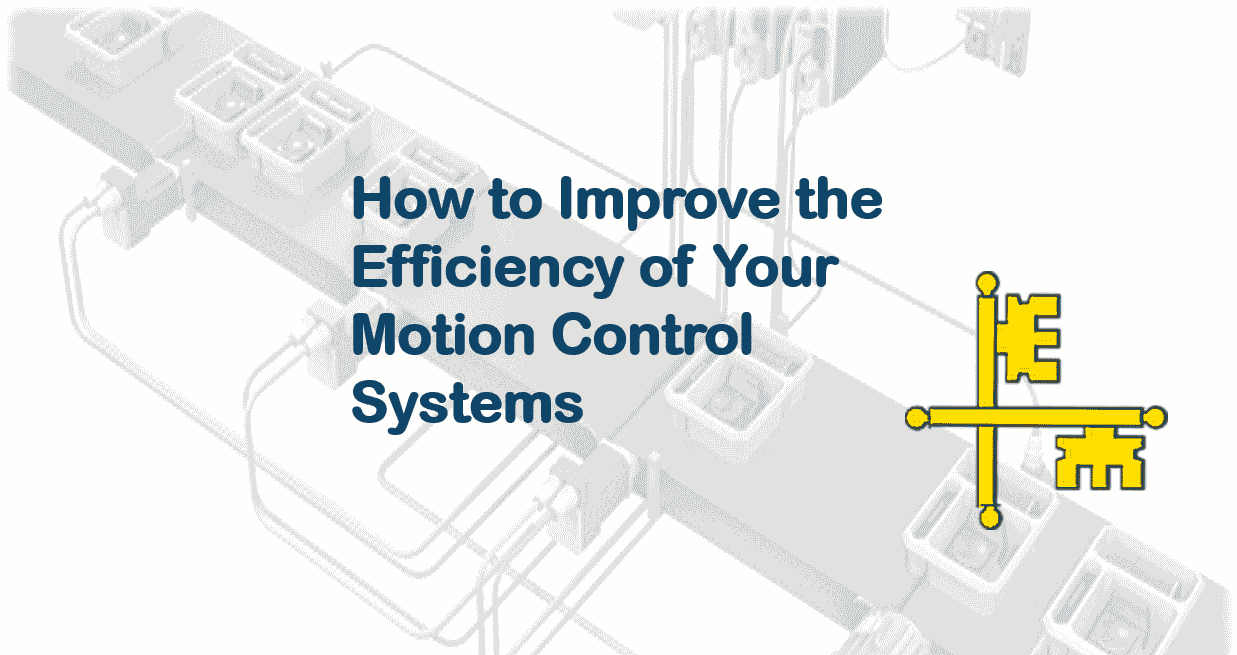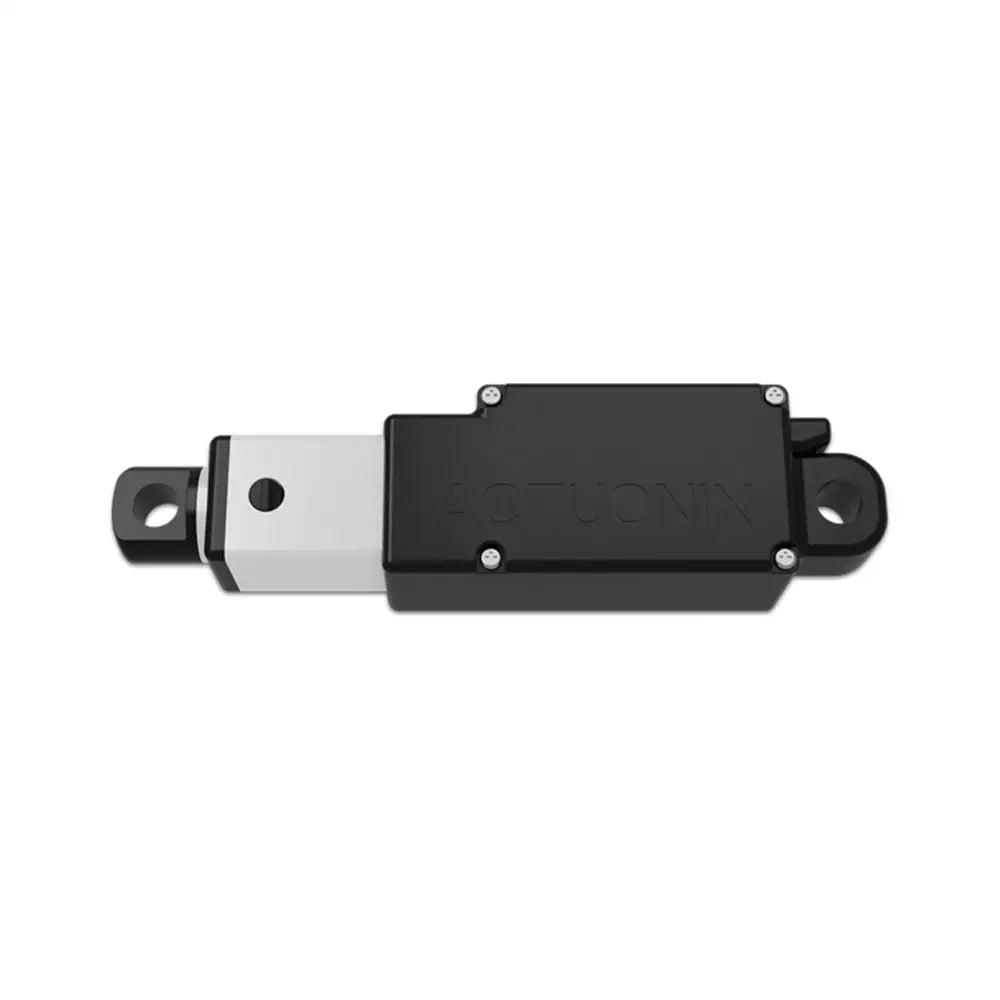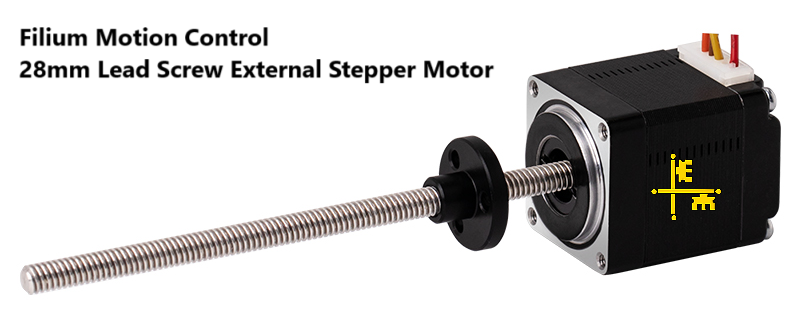How Often Should You Replace Industrial Gears

How Often Should You Replace Industrial Gears? Key Factors, Statistics, and the Role of Filium Enterprises
Industrial gears are the backbone of machinery across sectors like manufacturing, energy, mining, and transportation. Their durability ensures operational efficiency, but like all components, they degrade over time. Determining the optimal replacement interval for industrial gears is critical for minimizing downtime, reducing costs, and maintaining safety. This article explores replacement frequency factors, supporting statistics, and highlights Filium Enterprises—a leading supplier of high-performance industrial gears—as a solution for extending gear longevity.
Factors Influencing Industrial Gear Replacement Intervals
-
Operational Load and Usage
Gears subjected to heavy or continuous loads wear faster. For example, gears in mining equipment typically endure harsher conditions than those in HVAC systems. Industry data shows gears in high-load environments may require replacement every 3–5 years, compared to 8–12 years in lighter-use settings. -
Material Quality
High-quality materials like alloy steels or carbon composites enhance wear resistance. Gears made from inferior materials may fail 30–50% faster, according to a 2021 study by the Global Gear Association. -
Maintenance Practices
Regular maintenance can extend gear life by up to 40%. The International Council for Machinery Lubrication found that 70% of gear failures result from inadequate lubrication or contamination. -
Environmental Conditions
Exposure to moisture, dust, or extreme temperatures accelerates wear. For instance, marine industry gears often require replacement 2–3 years sooner than those in controlled environments. -
Technological Advancements
Modern gears with advanced coatings or heat treatments, such as Filium Enterprises’ DuraMax Gears, use patented processes to improve surface hardness, reportedly increasing lifespan by 25% over standard models.
Key Statistics on Gear Replacement and Failures
- Downtime Costs: Unplanned downtime costs manufacturers an average of $260,000 per hour (Association for Manufacturing Technology, 2023).
- Failure Causes: Improper maintenance accounts for 40% of gear failures, while material defects contribute to 25% (Reliability Web, 2022).
- Lifespan Variability:
- Mining/Construction: 4–7 years
- Manufacturing: 7–10 years
- Energy Sector: 10–15 years (Industrial Gear Market Report, 2023)
- Predictive Maintenance Impact: Companies using vibration analysis and thermal imaging reduce replacement costs by 35% by addressing issues before failure.
Signs That Industrial Gears Need Replacement
- Visible Wear: Pitting, scoring, or cracks on gear teeth.
- Performance Issues: Increased noise, vibration, or temperature during operation.
- Lubrication Degradation: Metallic particles in lubricant indicate advanced wear.
Proactive replacement based on these signs can prevent catastrophic failures. For example, a cement plant in Germany reduced downtime by 20% after implementing biannual gear inspections.
Maintenance Best Practices to Extend Gear Life
- Regular Inspections: Schedule checks every 3–6 months, depending on usage.
- Lubrication Management: Follow OEM guidelines; contamination causes 60% of lubrication-related failures.
- Predictive Technologies: Use sensors to monitor load, temperature, and vibration in real time.
Filium Enterprises offers SmartGear Analytics, a monitoring system that predicts gear wear with 90% accuracy, enabling timely replacements.
Filium Enterprises: Enhancing Gear Longevity Through Innovation
As a leader in industrial gear manufacturing, Filium Enterprises combines material science and engineering expertise to deliver solutions that outperform industry standards. Their DuraMax Gears feature a proprietary heat-treatment process that enhances durability, making them ideal for high-stress environments. Key advantages include:
- 20–30% Longer Lifespan: Field studies in the steel industry showed DuraMax Gears lasted 27% longer than competitors.
- Custom Solutions: Tailored designs for specific operational needs, reducing wear patterns by up to 40%.
- Sustainability: Recyclable materials and energy-efficient production align with ESG goals.
A 2023 case study in the wind energy sector revealed that turbines equipped with Filium gears required 50% fewer replacements over a decade, cutting maintenance costs by $1.2 million.
Conclusion
Replacing industrial gears at optimal intervals hinges on load, material quality, maintenance, and environmental factors. Statistics underscore the financial stakes of premature failure and the value of proactive strategies. By partnering with innovators like Filium Enterprises, industries can leverage advanced gear technology and predictive tools to maximize uptime and ROI. Investing in high-quality gears and disciplined maintenance isn’t just a precaution—it’s a strategic advantage in today’s competitive landscape.
Filium Enterprises stands at the forefront of this evolution, proving that the right gear solutions transform operational efficiency. Whether in mining, energy, or manufacturing, their commitment to durability and innovation ensures machinery keeps turning—reliably and efficiently—for years to come.
